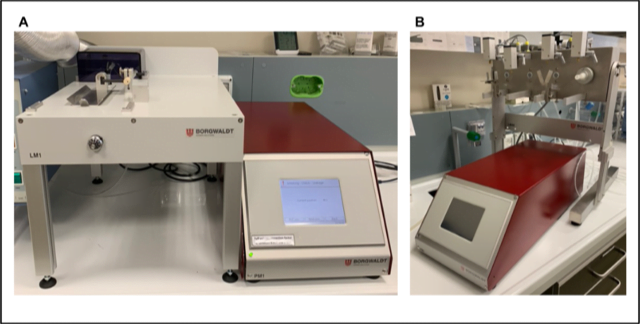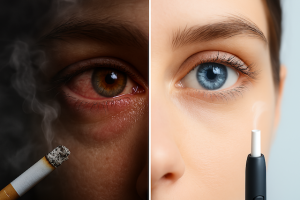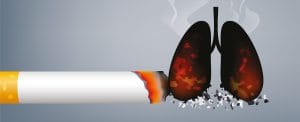CoEHAR researchers call out the standardization of research methodologies on electronic cigarettes as a milestone for the effectiveness of the procedures to quit smoking.
Full text
Catania, 15th September 2020 – A new CoEHAR study underlines the importance of developing international standardized parameters on e-cigarette’s research. In particular, new guidelines and parameters for laboratories have been set for the dosage of nicotine in liquids. One of these suggests keeping samples at a stable temperature of -80 ° C up to 30 days to reduce the effects of degradation oxidative and thermal properties of nicotine.
So far, the main issue related to the study of devices used in harm reduction strategies has been the challenge to standardized research methods internationally. An obstacle that reflects the lack of coordinate results that could spark international debate.
Accordingly, Prof. Riccardo Polosa, President of the European working group on the Development of Requirements and Tests for Emissions from electronic cigarettes, has often supported the need to register international standards for a boost in the researches applied to new technologies for the risk reduction.
CoEHAR publication “Nicotine and stability in Cambridge Filter pads (CFPs) following different smoking regimen protocols and condition storage” aims to fill the gap and quantify and measure the nicotine dosage of liquids, evaluating the storage of samples under standard conditions.
“The study allows to establish new guidelines for the dosage of nicotine in liquids – explains Prof. Giovanni Li Volti, one of the researchers who conducted the study and Director of CoEHAR – with formulas that will be useful for evaluating the toxicity of all reduced-risk. Only by applying high standard conditions, we can compare the results of the thousands of international publications that proliferated in the last years on the use of electronic cigarettes and all non-combustion products”.
What is nicotine?
Nicotine is an alkaloid obtained from the tobacco plant which, when exposed to light or air, easily degrades becoming brown in colour. Furthermore, any heating produces the conditions to develop gas of a different nature, including carbon monoxide.
The case-study
To evaluate the different conditions during nicotine degrades and to measure the standards to be achieved to store the substance for the study, CoEHAR researchers used three different products: the Vape ePen 3, the Vape Stick Maxx and the cigarettes. The primary goal was to normalize the concentration of nicotine absorbed in the Cambridge Filter Pads.

Once the samples have been normalized, the CoEHAR laboratories carried out statistical analysis to evaluate the degradation of nicotine in different storage methods.
Analyzing the results, it was shown that the concentration of nicotine stored at room temperature inside the Cambridge Filter Pads was lower than the other groups proving a degradation of the substance even at temperatures below 30 ° C. The storage temperature of -80 ° C was, on the contrary, effective.
Tools used in CoEHAR’s labs
To guarantee consistent research for the future, the devices and conventional cigarettes must be tested using highly innovative tools, according to a reliable and unique standard of its kind.
“These methods – added Prof. Riccardo Polosa – will make it possible to ensure the development of reduced risk devices as similar as possible to conventional cigarettes, assisting people in the process to quit smoking”.
Watch the full interview to Massimo Caruso, Replica co-project leader: link
Watch the full interview to Giovanni Li Volti, Director of CoEHAR and Project leader of Replica describes the study : link
Title. Nicotine and stability in Cambridge Filter pads (CFPs) following different smoking regimen protocols and condition storage
Authors. Pietro Zuccarello, Sonja Rust, Massimo Caruso, Rosalia Emma, Roberta Pulvirenti, Claudia Favara, Riccardo Polosa, Giovanni Li Volti, Margherita Ferrante.




